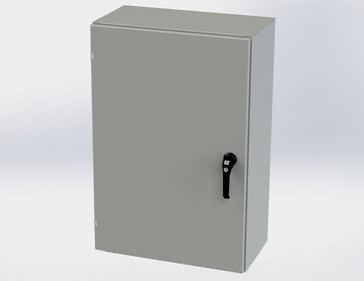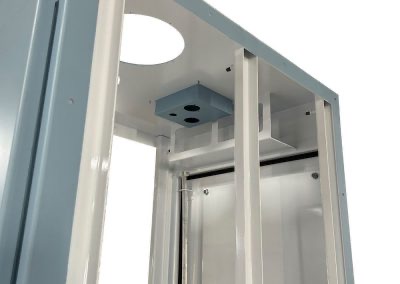Electrical Safety and Efficiency
Power enclosures are critical components used in electrical systems to ensure safety, reliability, and efficiency. These enclosures are designed to house and protect electrical equipment, such as switches, circuit breakers, transformers, and control systems, from environmental factors and mechanical damage. In addition to safeguarding the electrical components, they provide a secure environment that prevents hazards like electrical fires, short circuits, and accidental shocks.
Power enclosures are made from durable materials like stainless steel, aluminum, and carbon steel, offering resistance to corrosion, moisture, dust, and other external factors. These enclosures are available in various sizes and configurations, depending on the type and complexity of the electrical system they are meant to protect. They can be used in both indoor and outdoor settings, providing flexibility for different industries, including power plants, manufacturing facilities, and commercial buildings.
The design of a power enclosure must meet specific safety standards and regulations, ensuring that the equipment inside remains operational and secure. These enclosures typically feature lockable doors, ventilation systems, and access points for easy maintenance while maintaining a secure environment. Additionally, they are often equipped with fire-resistant features to minimize the risk of accidents in case of electrical malfunctions.
One of the key benefits of using power enclosures is that they help improve the lifespan of electrical equipment. By protecting sensitive components from dust, water, and physical impact, these enclosures reduce wear and tear, thus minimizing the risk of failure and costly repairs. Furthermore, enclosures can improve the overall efficiency of electrical systems by providing better organization and accessibility for maintenance teams.














